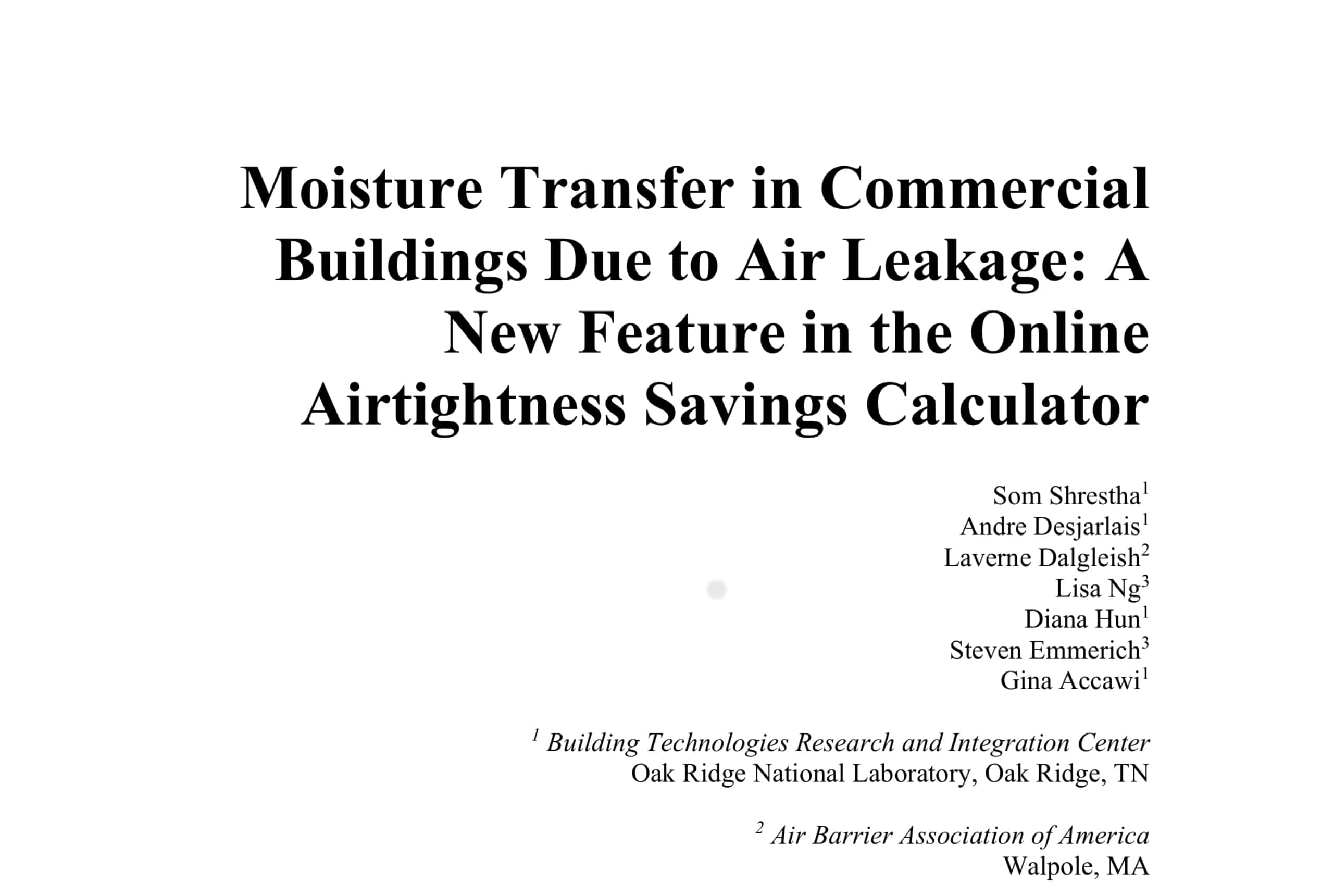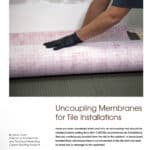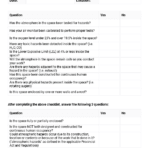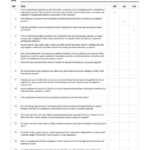Moisture Transfer in Commercial Buildings Due to Air Leakage
LOVE THIS ITEM?
Download For Free
Subscribe to download this item for free! You'll unlock unlimited access to thousands of construction documents, templates and tutorials.
Start Your 14-Day Free TrialProduct FAQ
You will receive your documents and files immediately after you complete the checkout process. You will receive a link on the checkout page as well as via email.
As long as the document remains on Essential Construction you will be able to download it once purchased.
Yes, in most cases (with the exception of stock photography and ebooks) the files you will receive are editable.
We accept debit, all credit cards (Visa, Amex Mastercard etc) as well as payments via Apple Pay, Google Pay and Paypal.
Our return policy varies based on the product, for more information you can find our detailed return policy here.
Our documents are for use on your projects. You may not resell these documents on other marketplaces.
Full Description
Air leakage through the building envelopes is responsible for a large amount of energy use. The
US Department of Energy Windows and Building Envelope Research and Development Roadmap for
Emerging Technologies states that, in 2010, air infiltration was responsible for 20% of primary energy
consumption attributable to the fenestration and building envelopes of commercial buildings. Despite this
fact, improving airtightness is not always recognized by commercial building owners, as they have been
slow in acknowledging and diminishing the detrimental effects of air leakage on energy use, comfort,
indoor air quality, and building material durability.
The design and construction industry would benefit from a credible, easy-to-use tool that estimates
potential energy and financial savings in a standardized manner so designers and contractors can give
building owners compelling reasons to invest in reducing air leakage. In 2016–2017, Oak Ridge National
Laboratory, the National Institute of Standards and Technology, the Air Barrier Association of America,
and the US-China Clean Energy Research Center for Building Energy Efficiency collaborated to develop
an online calculator. This user-friendly calculator is free to the public and uses the simulation results of
the whole building energy simulation tool EnergyPlus and the airflow simulation tool CONTAM. In 2018–
2019, the calculator was expanded to add moisture transfer calculations given that air leakage through the
building envelope can have a significant impact on moisture transfer and associated impacts. Four more
commercial building types were also added to the existing database of three building types as part of this
update. This paper describes the procedure used to calculate moisture transfer due to air leakage and
provides examples that demonstrate the moisture transfer for each of the seven commercial building types
that are currently part of the calculator.
This site uses Akismet to reduce spam. Learn how your comment data is processed.











Reviews
There are no reviews yet